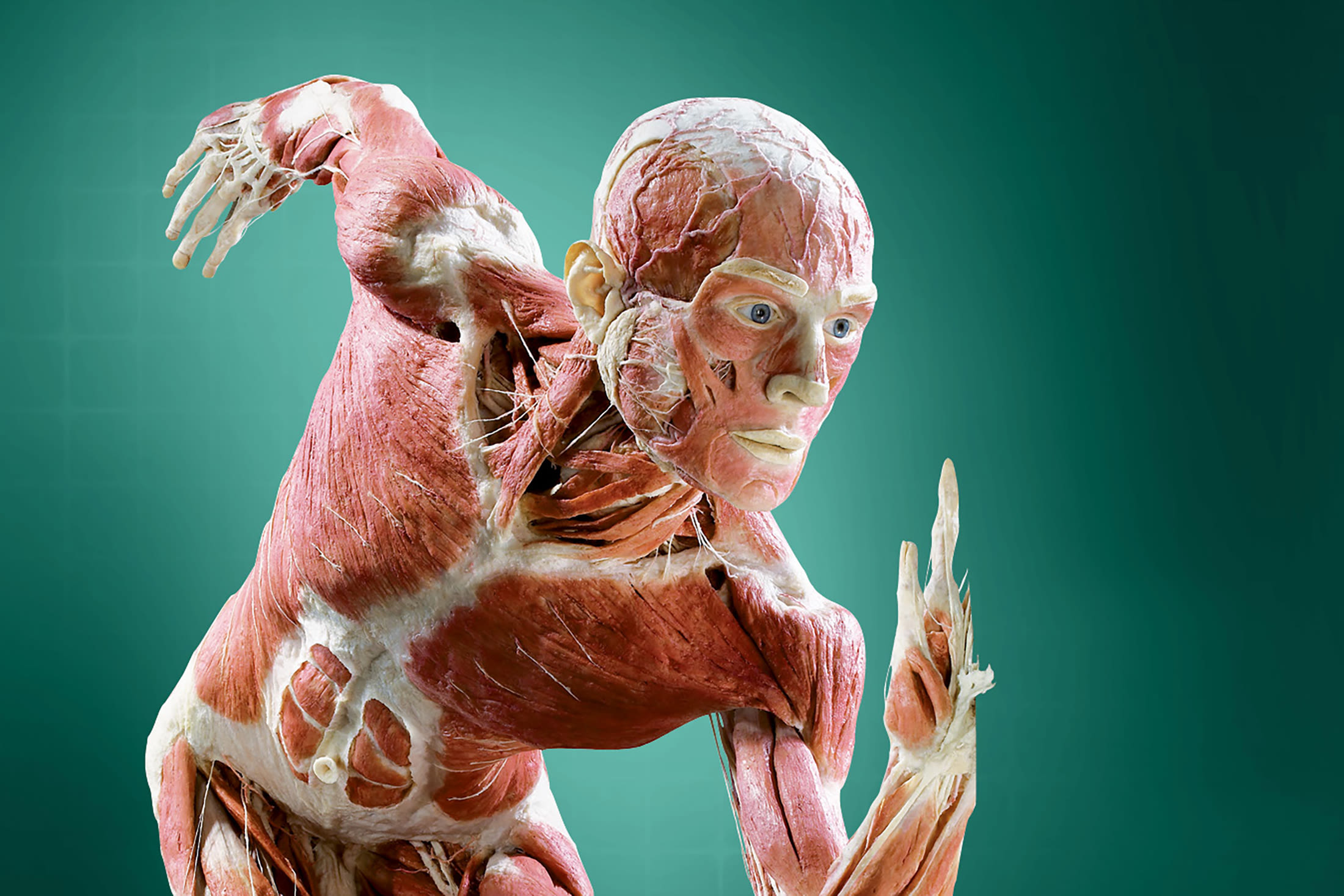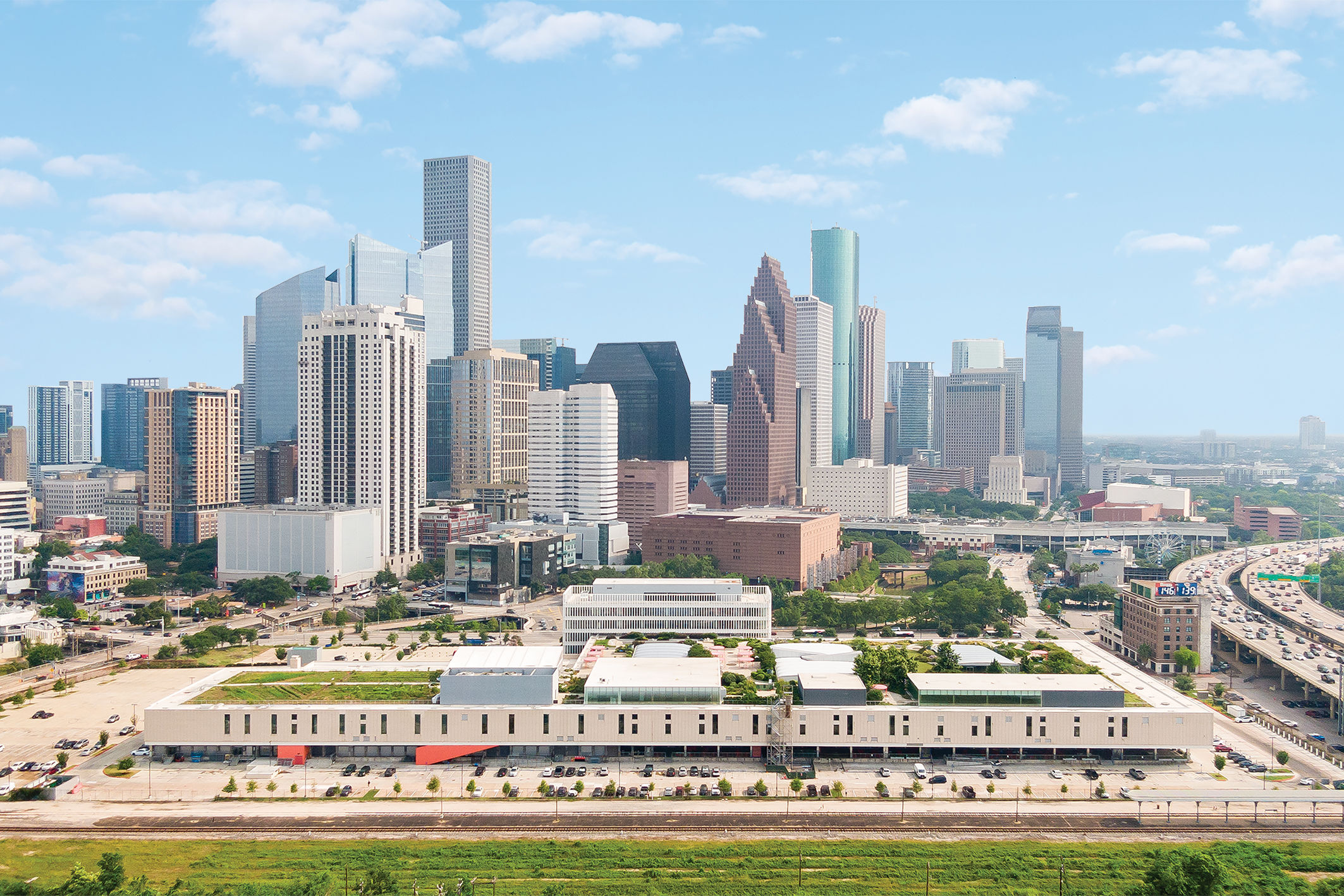Sugar Land’s Newest Transit System Might Be...a Gondola?

Image: Courtesy Whoosh Hold LP
Imagine soaring high in the air like a bird. No traffic, just gliding smoothly from one side of Sugar Land to the other. No stoplights or bad drivers, just a quick, scenic ride. That’s the vision behind the Sugar Land Whoosh, a proposed gondola system designed to make taking quick trips around town faster, easier, and greener.
This plan by Swyft Cities, a transportation solutions company, was announced in October and is on (a slow, slow) track to become a reality in the next few years. Sugar Land is also vying to be the first fully operational Whoosh site, competing with other global cities including Queenstown, New Zealand, an undisclosed mountain resort in the Middle East, and another under-wraps American city.
The southwestern Houston suburb’s rapid growth and increasing traffic congestion have made it an ideal candidate for a modern transit solution like Whoosh. The project promises to connect key areas such as City Walk, the hospital district, and the University of Houston at Sugar Land campus, all while reducing car dependency and emissions.
The idea didn’t come from some futuristic think tank—it started during Swyft Cities CEO Jeral Poskey’s time at Google. “Our goal was to connect the nearby train stations into the [Google] campuses...and then to connect the campuses so people could get around all day without needing to drive within the large campus area we had,” Poskey explains. The solution: a sleek, on-demand gondola network that could connect multiple buildings and make travel a breeze.
Traditional gondola systems run in a straight line between two fixed points. Whoosh, however, offers an on-demand, Uber-like experience where riders can book a trip, enter a cabin, and be whisked directly to their destination. Now, Poskey wants to bring that concept to Sugar Land. But it wasn’t his idea to set up shop here—the city approached Whoosh while hunting for creative transit options to tackle its growing traffic issues.
“There’s a common thread among a number of cities that are all rapidly growing, suburbs that are finding themselves built out,” Poskey says. “Now they’re realizing the only way they can keep growing and keep the tax revenue increasing is to build on what they already have. But the roads and transportation weren’t built around the higher density.”
Whoosh is designed for suburban spaces like Sugar Land, where expanding highways or installing traditional rail systems would be costly and disruptive. The gondola system can move thousands of passengers per hour, taking up minimal ground space with poles and cables instead of wide tracks or additional lanes.
According to Poskey, Whoosh has been working with Sugar Land to test routes and estimate costs since March 2023. If all goes to plan, he hopes construction can start as early as this year, with the entire system potentially operational within two years after breaking ground. A proper timeline depends on several factors, including finalizing route decisions and securing funding.
“This is the year for engineering,” Poskey says. “I have to go through the community engagement process first and I anticipate good reactions from the citizens.”
Each gondola can hold five passengers or one person in a wheelchair and an attendant, with ground-level boarding for easy access. It travels up to 30mph, depending on the layout and topography of the area. And it’s not just about gondolas floating above traffic. The goal is to connect with other transit options like Metro’s park-and-ride and university shuttles, making it part of a larger, seamless network.
“A lot of people commute into Sugar Land for all the jobs that are there,” Poskey says. “We imagine that [if] you’re in any of the central areas where we put the system, you can then be able to get straight to the bus that takes you downtown.”

Image: Courtesy Whoosh Hold LP
Melanie Beaman, the City of Sugar Land transportation and mobility manager in charge of this project, says that while the system is estimated to have an upfront cost of $120 million for its total of 4.5 miles, it’s more affordable and cost-effective than freeway expansions in the long run. The ongoing I-45 rebuild project, for example, currently has an $11.2 billion price tag.
“If you compare [Whoosh] to traditional public transit, buses only last about five to 10 years because they’re driven constantly,” Beaman says. “You have to pay for drivers, pay for vehicle maintenance, there’s a lot of operational [and] administrative costs.”
The Whoosh is driverless, doesn’t take a lot of manpower to monitor, and the cars are meant to last 50 years, she adds. If Sugar Land’s gondola takes off, the system is designed to be modular, with hopes of expanding into Harris County and other suburbs in the future. Unfortunately, Beaman says the reception from locals has not been entirely positive.
“We’ve gotten some negative feedback from the public,” she says. “I think a lot of it is out of fear and not understanding that what we’re doing now is not sustainable in the long-term. We can’t keep adding lanes to freeways because you take away communities, homes, and businesses that people depend on, in benefit to automobiles.”
Still, Poskey is committed to proving the potential of this system. For now, his focus is making this first launch a win.
“I’m a Texas native,” he says. “Houston has ongoing transportation problems that are just going to only get worse. So, the faster we can get started on decisions, the faster we can make things better.”




